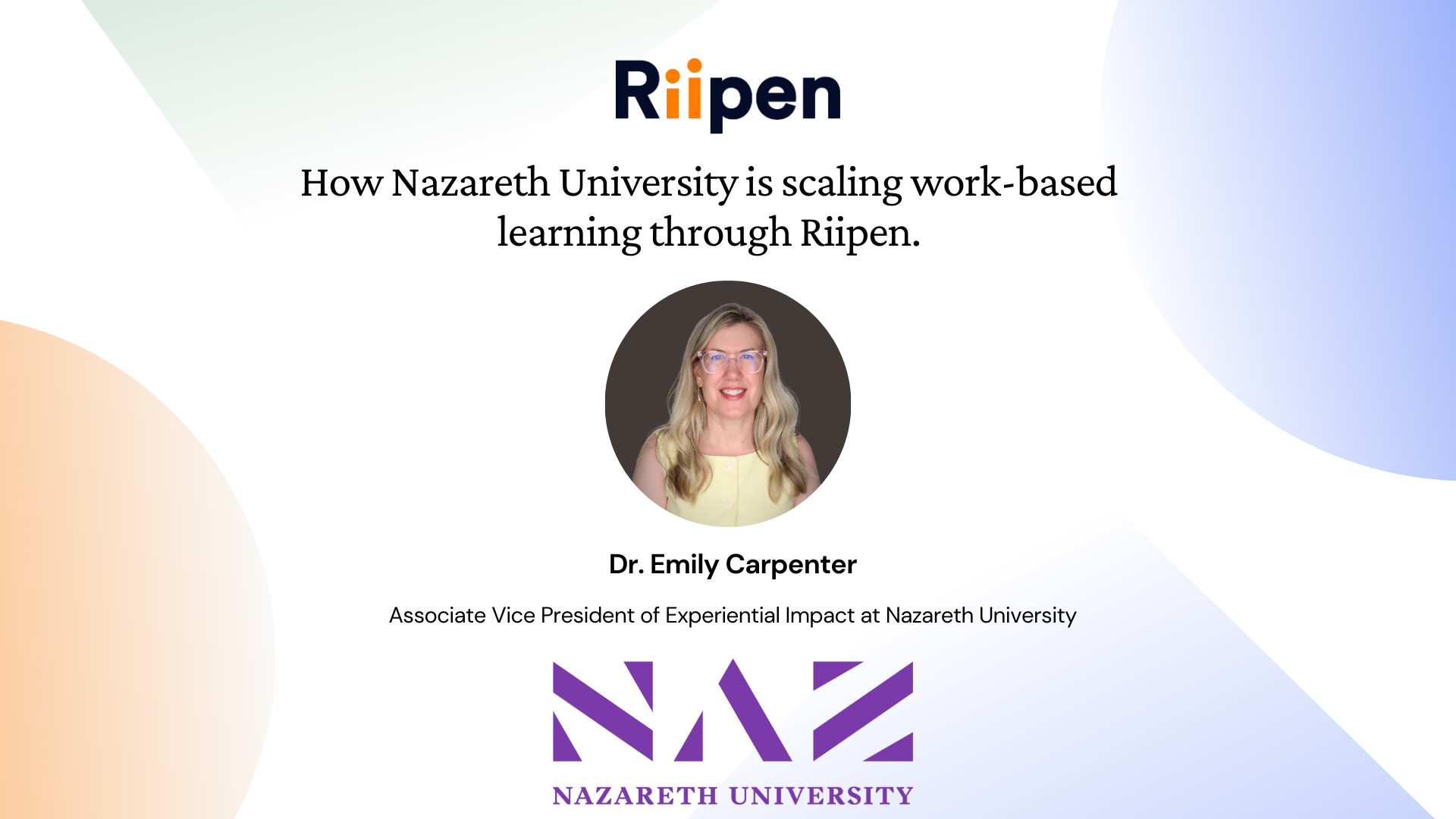What does the future of work look like for students?

The pandemic introduced a new way to work for many: virtual working. Students around the world wake up, move to their desk, and begin their day in the comfort of their own home. Fortunately, we may reach a point where our work environment can return to the one we were used to pre-pandemic. The future of work is looking clearer as each day goes by. Here is what it will look like for students entering the workforce post-pandemic.
The working environment
Right now, most of us are working virtually. With a potential end to the pandemic in sight, does this mean the return to offices and in-person jobs? Well... yes and no. Students shouldn’t expect internships and jobs to be in-person but, rather, be open to the idea of a flexible working environment.
The current state of virtual working environments was born out of necessity as companies adapted to the global crisis. It was seen as undesirable and possibly threatening to business owners. While some businesses are still struggling depending on the industry they’re in, many are realizing how this virtual environment has actually benefited them.
It can be expected that those who are comfortable with the online shift will continue to keep their team in a virtual setting. Companies such as Shopify and Facebook stated that they are sticking to fully remote work for many of their employees. Both companies believe that the pandemic has changed the way we work forever, and their continuation of virtual working is the way of the future. As market leaders, their influence will greatly affect the direction other businesses take, and it is expected that other businesses will follow their lead. Holding back on the number of employees who come into the office will reduce company expenses and allow companies to reallocate budgets.
If companies return to an in-office setting, there are going to be a number of changes that can be expected. We have become more mindful of our health. The habits we established over the course of the pandemic will carry over post-COVID for employees returning to the office. Potential changes to in-person work environments include:
1. Social distancing - Fewer people allowed in the office at a given time; whether that means having a strategy to rotate those working in the office and those at home or simply redesigning the office.
2. New Technology - Continued use of new technology such as Zoom. We will likely continue to see new ways to communicate with coworkers.
3. Future-proofed Businesses - Plans put in place for employees’ future well-being and contingency plans to be better prepared for potential future crises.
Increased employee support
Moving forward, employee well-being will be emphasized. This emphasis won’t be solely on physical well-being, but also mental well-being. There is no question that the pandemic has added stress and anxiety to a majority of virtual employees. Working remotely has also intensified feelings of isolation due to reduced in-person interactions. As companies continue to see the consequences of the pandemic on their employees, students entering the workforce will see more support than ever before.
At the beginning of the pandemic, we thought we were going to be on lockdown for approximately a month - a manageable amount of time. However, as one month turned into several, people grew restless staying home all day. For these people, the idea of continuing to stay online once the pandemic is over isn’t an appealing one. To combat this, if businesses want to continue working remotely, they need to create more opportunities to engage their team socially to mimic in-person connections.
Students and recent graduates entering the workforce should place higher value in a company that fosters a good culture along with opportunities for social interaction, especially if it is a fully remote role.
Future-proofed businesses
Many businesses will be aiming to future-proof their business to survive threats similar to this pandemic. One thing we learned is that we can never be too prepared for anything. Students can expect to see increased policies and training to ensure everyone is safe, prepared, and informed about certain procedures and back-up methods.
To future-proof, companies will look towards technology and ways to automate procedures. We will see a rise in IT positions to help with this process and new innovative solutions to move things originally held in-person into a virtual setting. This is an opportunity to build your skills in the technology field during your post-secondary education.
New opportunities for everyone
The impact of COVID-19 is something that will last well beyond the pandemic itself and will impact the future of work forever. Students need to be prepared for anything beyond graduation and expect the unexpected. Studying online now is a good opportunity to get used to the virtual environment that many businesses are moving towards and one that you may find yourself in. Post-pandemic, businesses that choose to stay online will encourage socials and in-person meetings because human interaction is extremely important to work culture.
Another way you can practice working in a virtual environment is through Riipen. Riipen has several opportunities for students who want to do more and stand out to employers beyond and even during the pandemic. If you are interested in learning more about Riipen you can visit our website or contact our team at internships@riipen.com.

About the author
Austin Gumbs is a Marketing Intern at Riipen and is currently a third-year University of Toronto student studying Business. He enjoys getting involved with his University community through his work on different clubs. When he isn’t working on extracurriculars, you can find him at his desk watching various Netflix shows and YouTube videos, playing games, or working on a new hobby of his: glass painting.










.png)



























